How to diversify the supply chain?
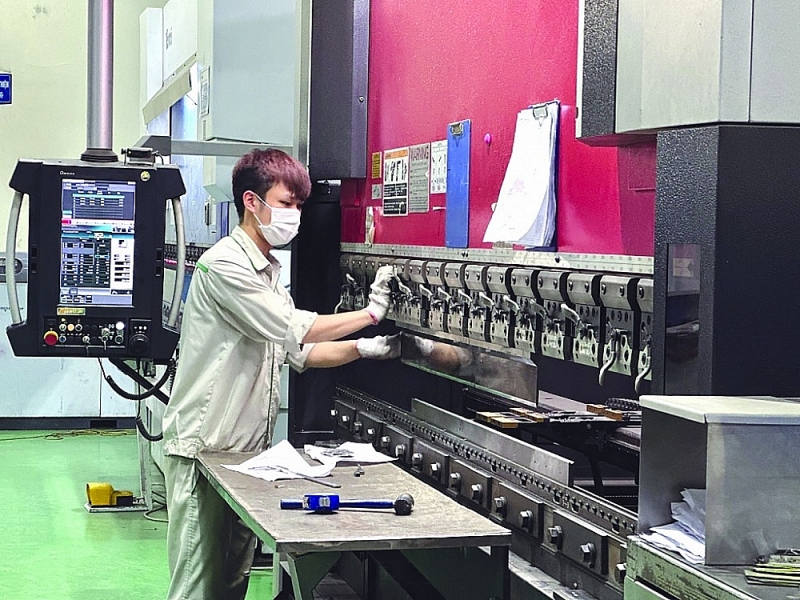 |
| Connecting and joining the supply chain to enhance the capacity and position of enterprises in the international market. Photo: H. Diu |
The industrial sector remains at the "bottom" of the "smile curve"
A recent reality showed rapid changes in investment attraction in countries in the region such as Malaysia, Indonesia, and Singapore. Many investors have come to Vietnam for research but later decided to invest in other markets for various reasons. This is unfortunate, but it also reflects the domestic market reality, which still has many supply chain issues that do not meet investors' expectations.
Speaking at a recent business forum on supply chain diversification, economic expert Dr. Le Duy Binh, Managing Director of Economica Vietnam, noted that Vietnam currently has about 5,000 supporting industry enterprises. These supporting industry products are being supplied to domestic demand and exported to many markets. However, of these approximately 5,000 supporting industry enterprises, according to the Industry Agency (MoIT), around 100 domestic enterprises are tier-one suppliers to multinational corporations, about 700 units are tier-two and tier-three suppliers.
Meanwhile, enterprises reported many bottlenecks in the process of joining the supply chain. For example, besides the requirements for technology level, production management processes, and quality control, domestic enterprises also face pressure to ensure stringent delivery schedules and quality. They are closely supervised by buyers and higher-positioned enterprises in the supply chain, evaluated and controlled daily according to strict standards of leading companies, with production optimization requirements calculated daily, not monthly.
Do Thi Thuy Huong, Vice President of the Vietnam Association of Supporting Industries (VASI), also highlighted an unfortunate reality: in the "smile curve" of the global supply chain, the field of Vietnamese electronics industry in particular and manufacturing industry, in general, is still at the "bottom," focusing on production and not participating in higher value-added stages such as procurement logistics and distribution logistics.
Moreover, although Vietnam has succeeded in attracting FDI and forming a supply chain, factors such as the legal framework and policies to attract foreign investment and develop the electronics industry still face many challenges. According to Huong, some advantages have become challenges, such as the labor force no longer being abundant; the impact of new-generation free trade agreements (FTAs) creating pressure for green, clean production; major export markets like the US and the EU increasingly imposing difficult regulations, creating barriers for enterprises.
From the perspective of wood industry enterprises regarding linkage in the supply chain, Ngo Sy Hoai, Vice President and General Secretary of the Vietnam Timber and Forest Products Association, gave an example of a business finding export partners in the African and South American markets but needing to link with suppliers in Brazil to bring products to South America, yet the effectiveness has not met expectations. Furthermore, the wood industry is trending towards creating friendly supply sources. For instance, some businesses exporting to the EU are required to provide pre-processed products to some Eastern European countries for finishing before distributing to EU countries. The US market is similar, wanting to produce wooden products from some neighboring countries before shipping to the US for easier transportation.
Ngo Sy Hoai stated that Vietnamese wood enterprises were confused by this trend as no enterprise is strong enough to link and send pre-processed products and raw materials to other countries like that.
 |
Improving support policies
Given the above situations, experts believed that deeper integration into the global supply chain depended significantly on the self-effort of enterprises. Regardless of scale, the business community must be quick, plan long-term for the transformation, and grasp new trends to create competitive advantages when joining global supply chains.
However, economic expert Dr. Le Duy Binh noted that such self-efforts would be much easier if they included institutional and policy conditions with a favorable, safe, and open institutional and business environment to encourage enterprises to boldly invest in technology and innovation.
"To meet the technology, technical requirements, and delivery time requirements, enterprises clearly need support through favorable legal regulations related to technology import, machinery, equipment, specialized inspections, customs procedures, import-export, and related administrative procedures", stated Binh.
Moreover, to join the global supply chain, applying ESG (environmental, social, and governance) standards, CSR (corporate social responsibility), circular economy models, and green economy is no longer an option but an inevitable path for domestic enterprises. Therefore, according to Binh, enterprises need training and support, capacity building to comply with behavioral rules, regulations, and standards, and developing digital tools to enhance traceability and data collection in the global supply chain.
Specifically, enterprises recommended that to support Vietnamese enterprises to join deeper into the global supply chain, there needs to be innovation in the approach to business support, focusing on key points to achieve specific goals, prioritizing current enterprise development. For example, allowing experimentation with digital technology mechanisms, or developing the semiconductor industry.
Related News

Grasping the green transformation trend - A survival opportunity for Vietnamese Enterprises
14:53 | 06/01/2025 Import-Export

Vietnamese enterprises facing challenges from cross-border e-commerce platforms
14:32 | 21/11/2024 Import-Export

Electronics industry overcomes challenges to penetrate deep into global supply chain
19:38 | 16/11/2024 Import-Export

What do businesses need for digital transformation?
09:20 | 17/11/2024 Headlines
Latest News

Embracing green exports: a pathway to enter global supply chains
10:33 | 20/02/2025 Import-Export
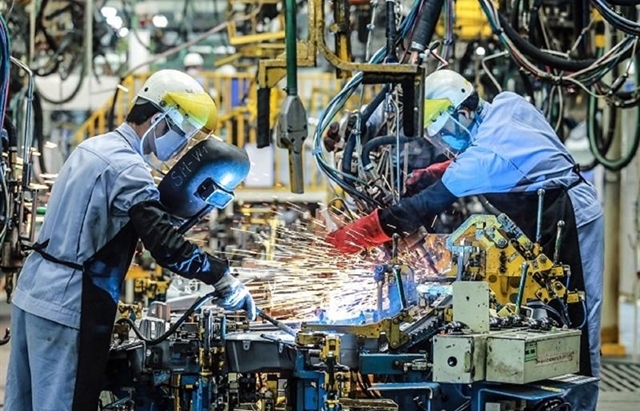
New policy proposed to prevent transfer pricing, tax evasion of FDI enterprises
10:32 | 20/02/2025 Import-Export
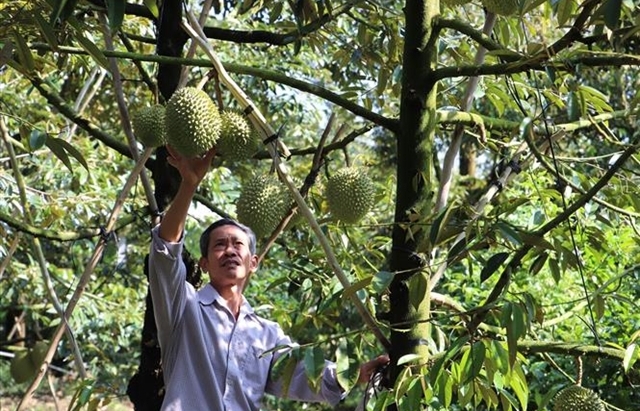
Việt Nam’s durian exports to China plummet by 80%
16:18 | 19/02/2025 Import-Export
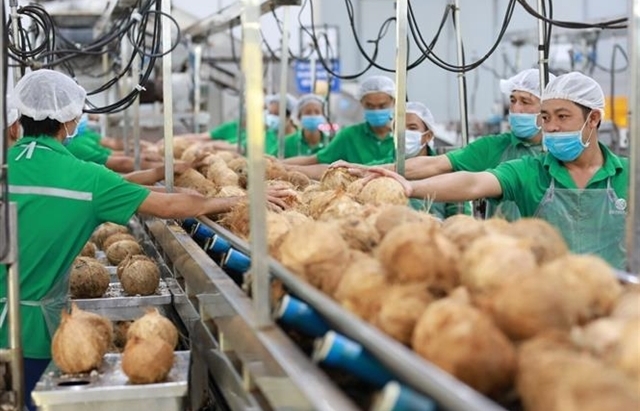
Coconut exports reach 14-year high
15:29 | 18/02/2025 Import-Export
More News

Shrimp exports grow in the first month of 2025
15:28 | 18/02/2025 Import-Export
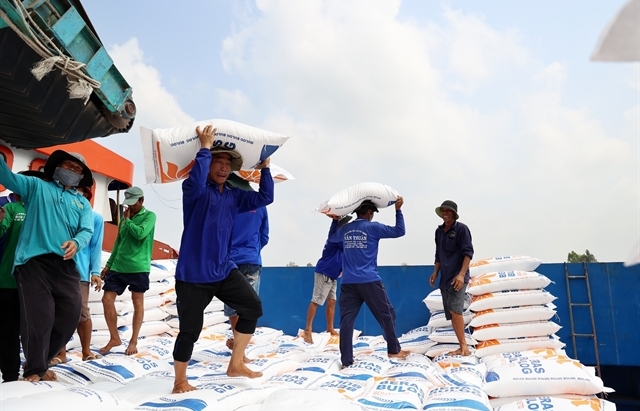
Rice export prices drop, but decline expected to be short-term
08:10 | 17/02/2025 Import-Export
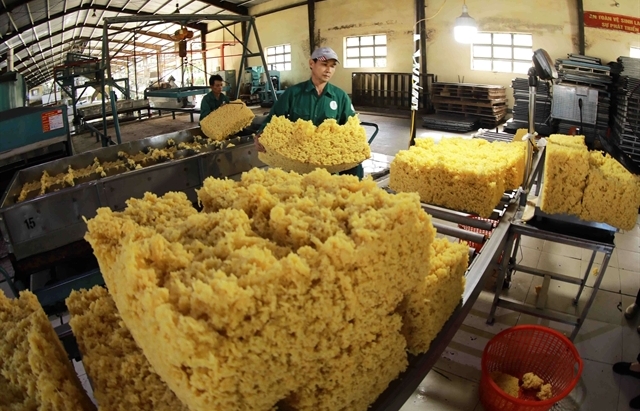
Key agro products expected to maintain export growth this year
08:08 | 17/02/2025 Import-Export
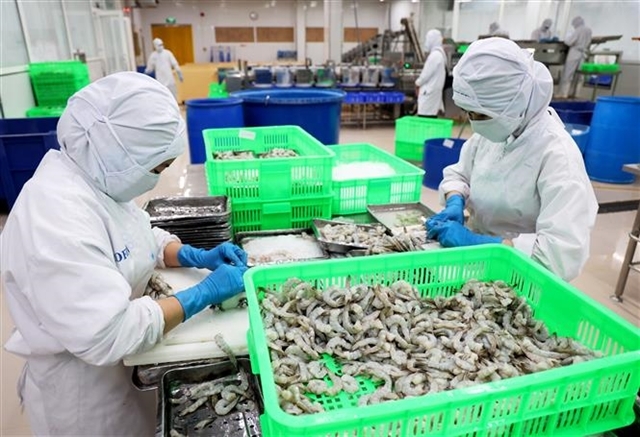
EU issues 12 warnings against Việt Nam’s food and agricultural exports
08:07 | 17/02/2025 Import-Export
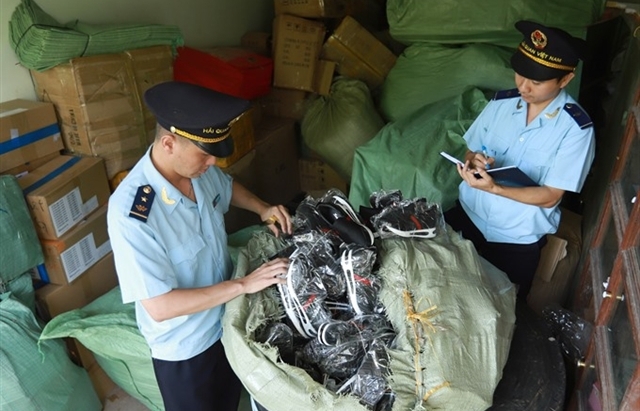
Việt Nam to impose VAT on low-value express-imported goods
08:06 | 17/02/2025 Import-Export

Exchange rate risks need attention in near future
16:31 | 15/02/2025 Import-Export
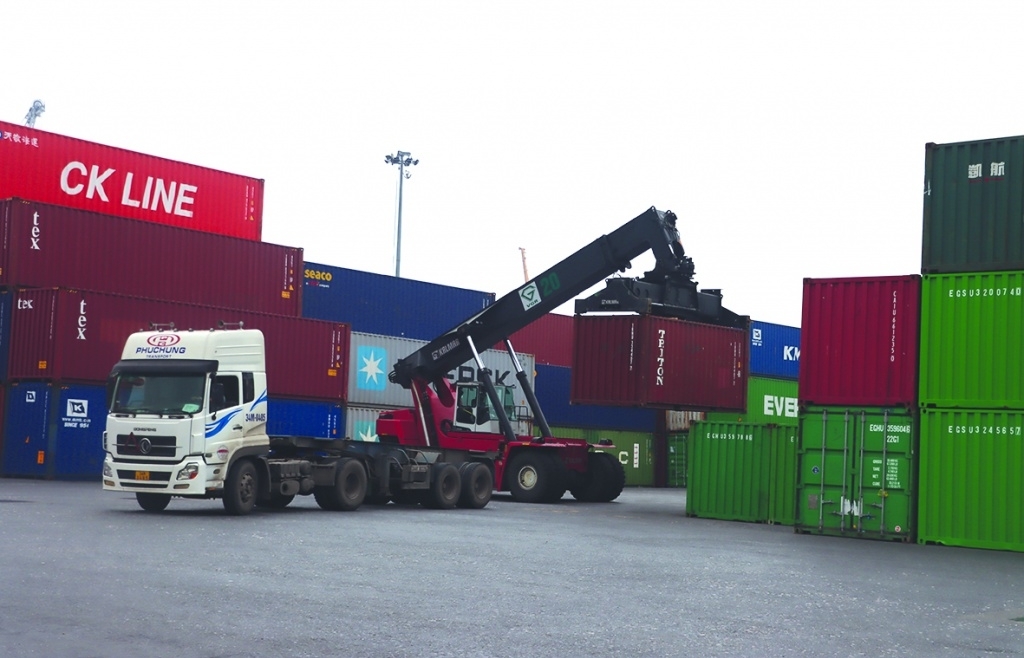
Vietnam kicked off the year with a strong start in trade, exceeding US$63 billion in the first month
16:30 | 15/02/2025 Import-Export
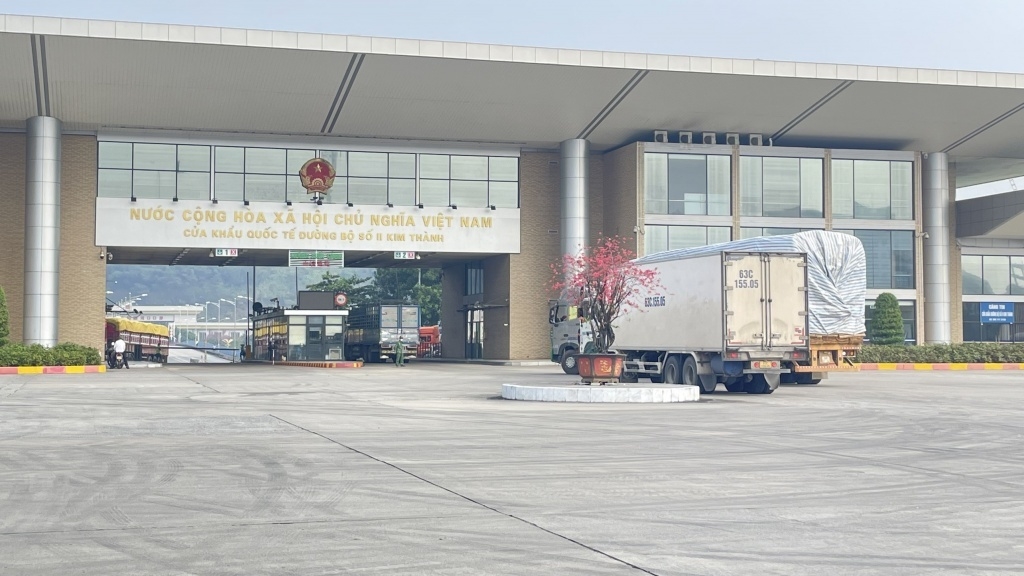
Import and export turnover reaches about US$29 billion in the second half of January 2025
14:52 | 14/02/2025 Import-Export

Market edges up slightly as liquidity remains low
14:48 | 14/02/2025 Import-Export
Your care

Embracing green exports: a pathway to enter global supply chains
10:33 | 20/02/2025 Import-Export

New policy proposed to prevent transfer pricing, tax evasion of FDI enterprises
10:32 | 20/02/2025 Import-Export

Việt Nam’s durian exports to China plummet by 80%
16:18 | 19/02/2025 Import-Export

Coconut exports reach 14-year high
15:29 | 18/02/2025 Import-Export
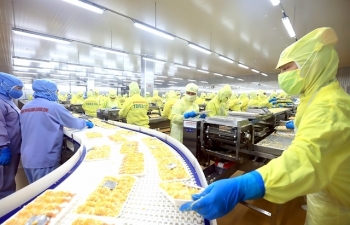
Shrimp exports grow in the first month of 2025
15:28 | 18/02/2025 Import-Export
